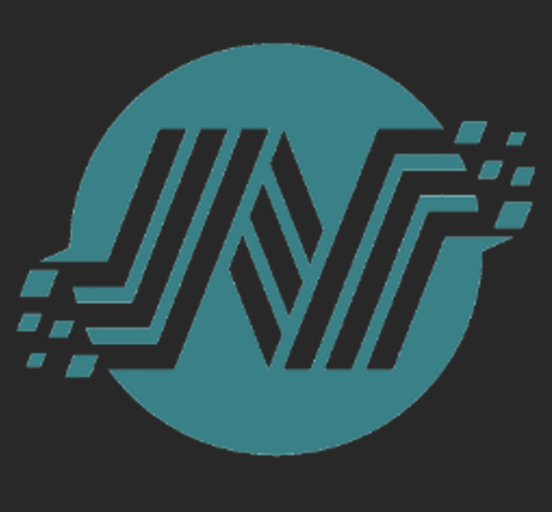How often do you build and edit Entity Relationship Diagrams? If the answer is ‘more often than I’d like’, and you’re fed up with tweaking your diagrams, take <5 minutes to read my latest article on building your diagrams with code. Track their changes in GitHub, have them build as part of your CI/CD pipeline, and even drop them into your dbt docs if you like.
This is a ‘friends and family’ link, so it’ll bypass the usual Medium paywall.
I’m not affiliated to the tool I’ve chosen in any way. Just like how it works.
Let me know yours thoughts!



I’m talking specifically about Mermaid. Something like DOT is slightly better. The ultimate goal is to extract the formal structure. For Mermaid or DOT, this extraction requires a text parser and a walk over an AST; it’s about half of a compiler!
This might not sound like a problem compared to something like PBs or JSON, which also require something that looks like a parser and a tree-walker. The difference is in the tooling; the DOT tools can’t directly yank a DAG from a file or iterate over its edges, but
jqcan do that for DAGs encoded in JSON.For a complete worked example, consider this tool which combines JSON and DOT. It produces diagrams that look like this image by building a DAG, packing the DAG into JSON, compiling the DAG to DOT, compiling the DOT into a PNG, and finally packing the JSON into a custom PNG chunk. This workflow itself is a DAG! The JSON is in the PNG:
And then I can use this tool to help write a book. In these build instructions, I call
zahaseveral times to prepare some JSON, then usejqand Python to build some tables and emit some Markdown.